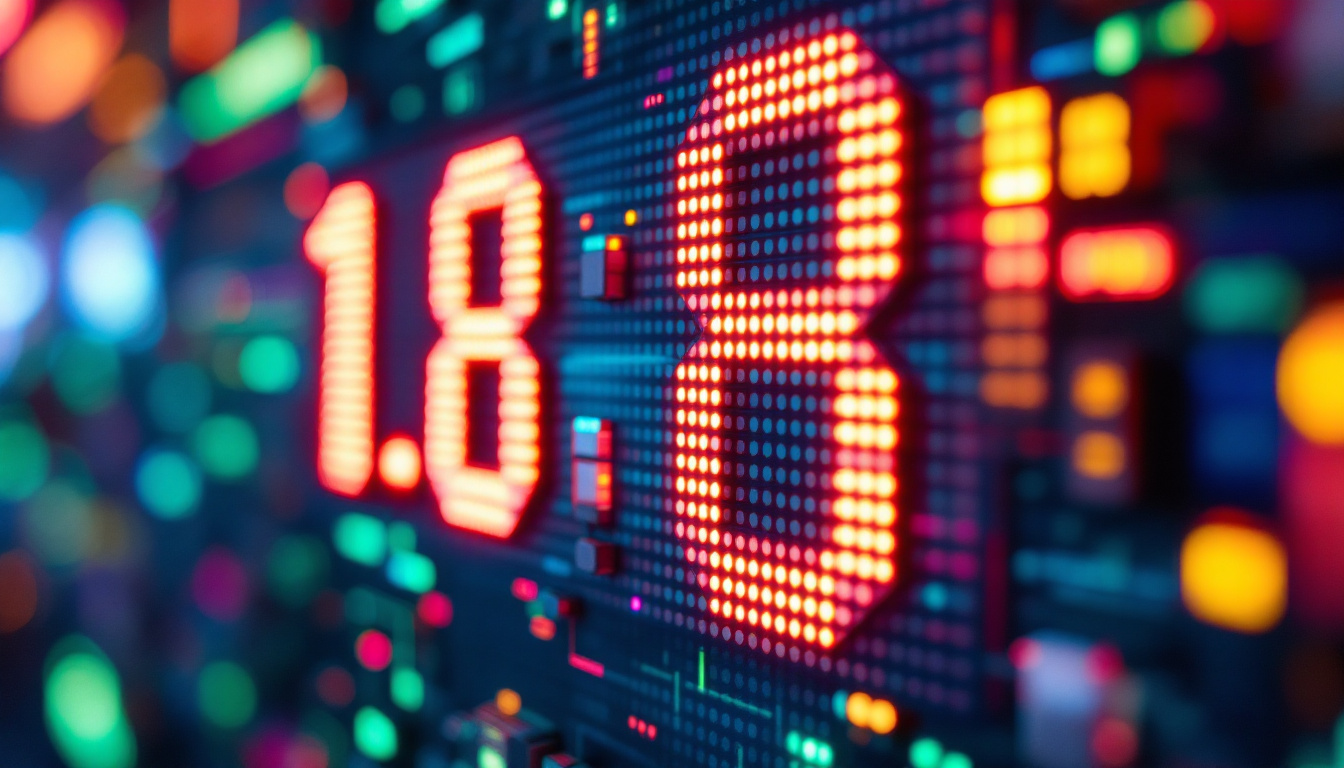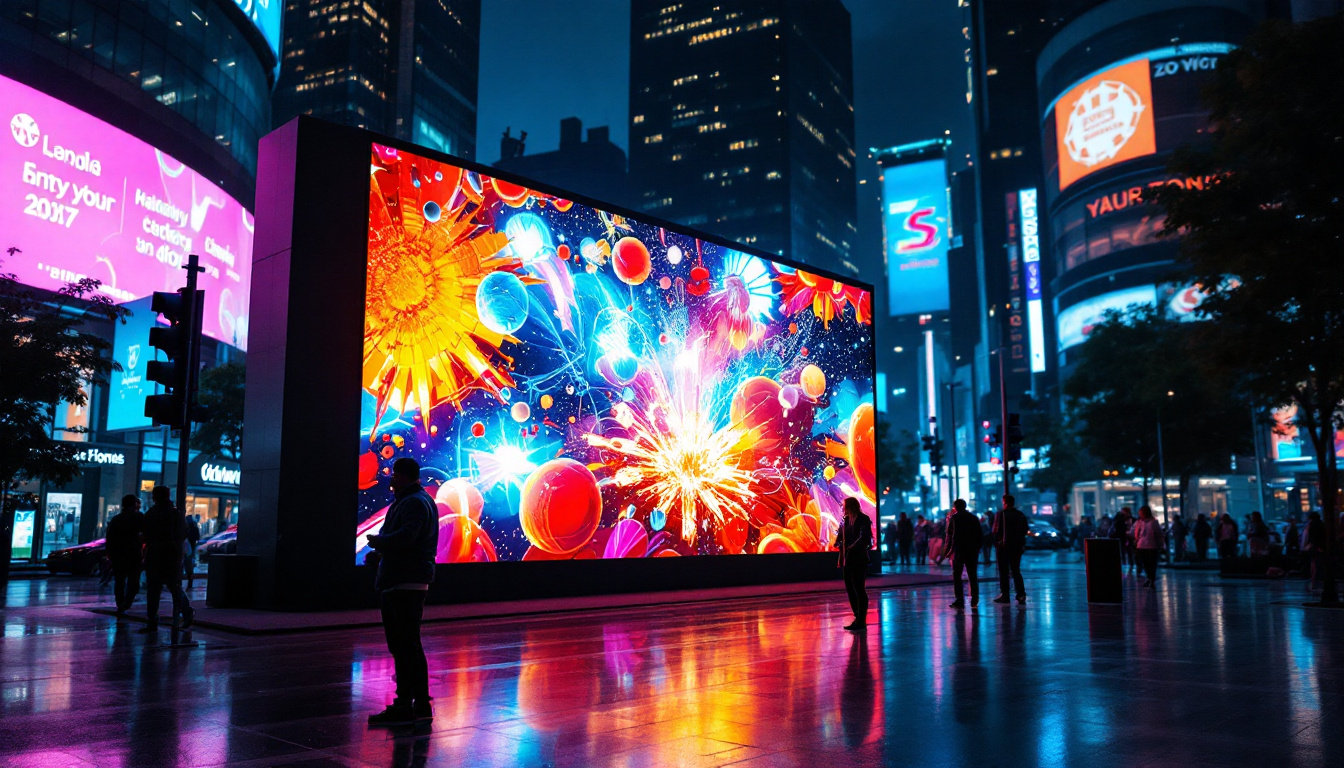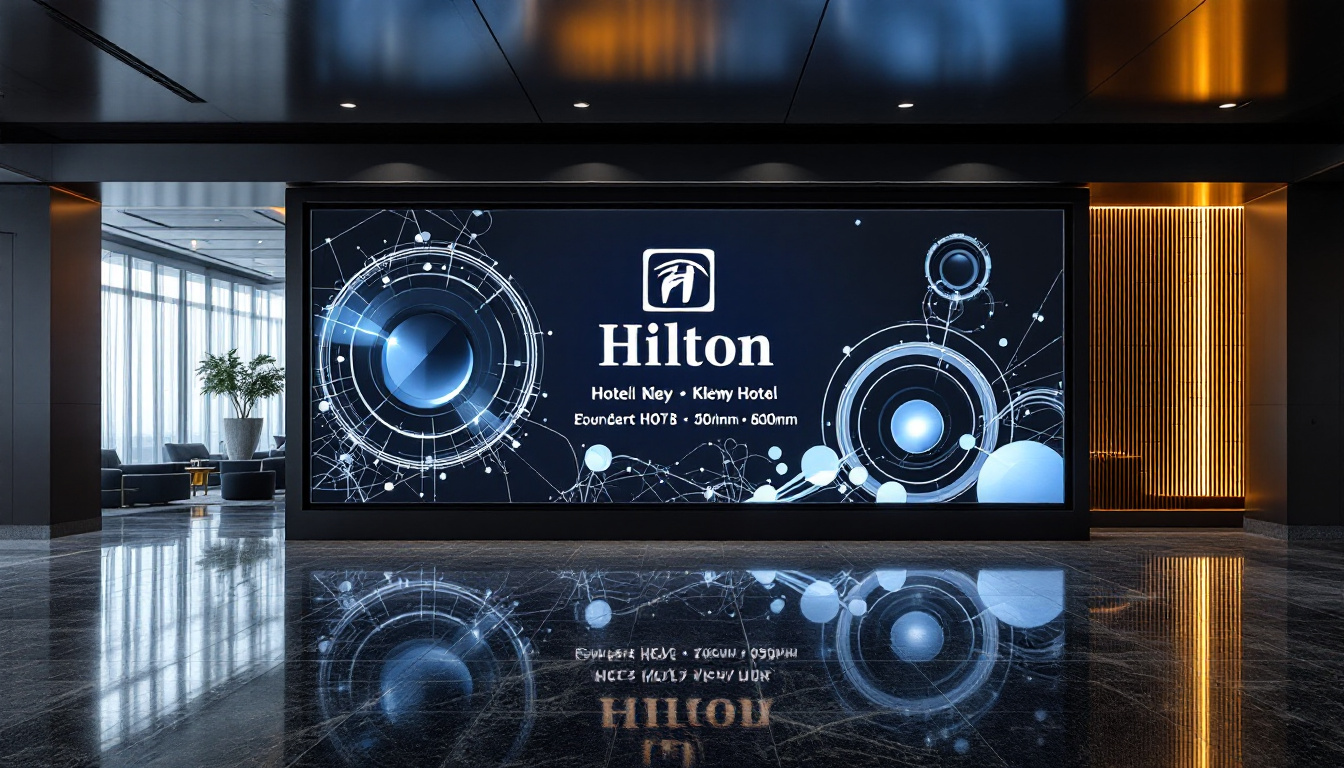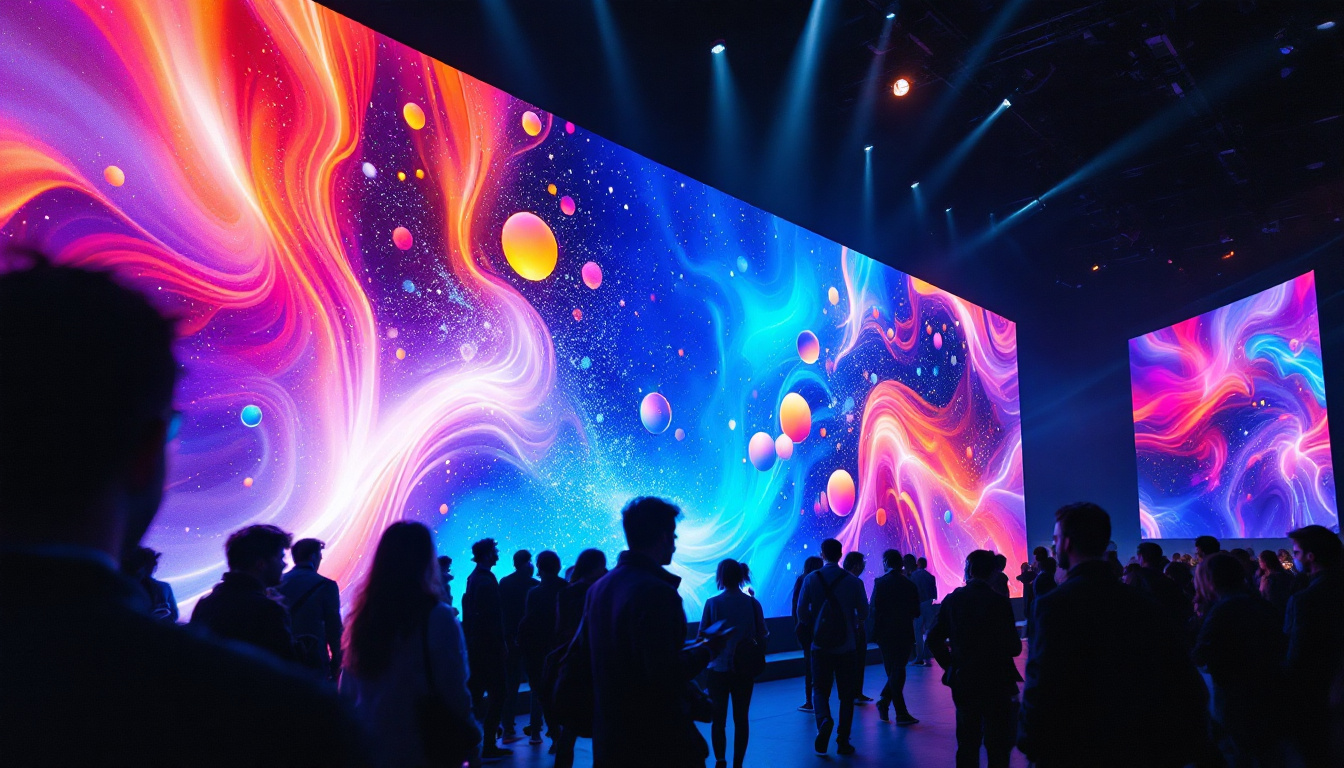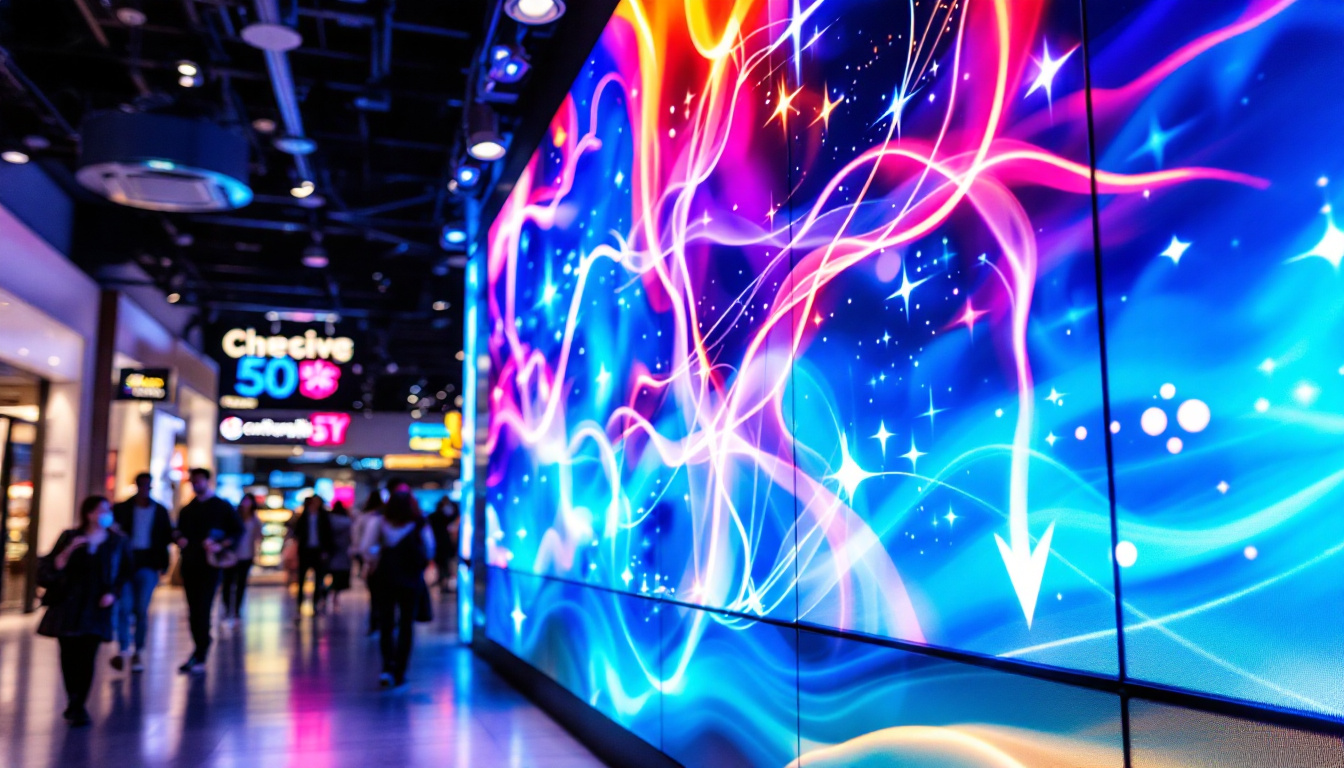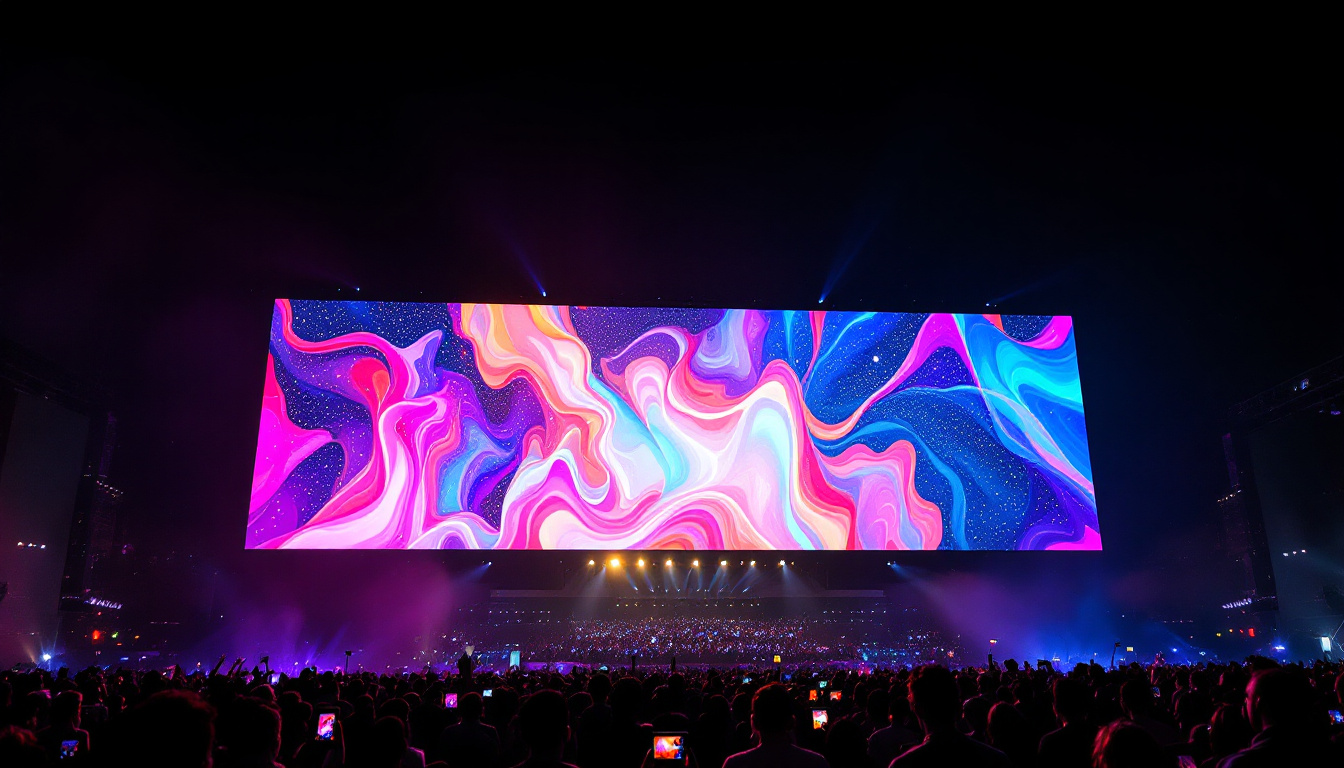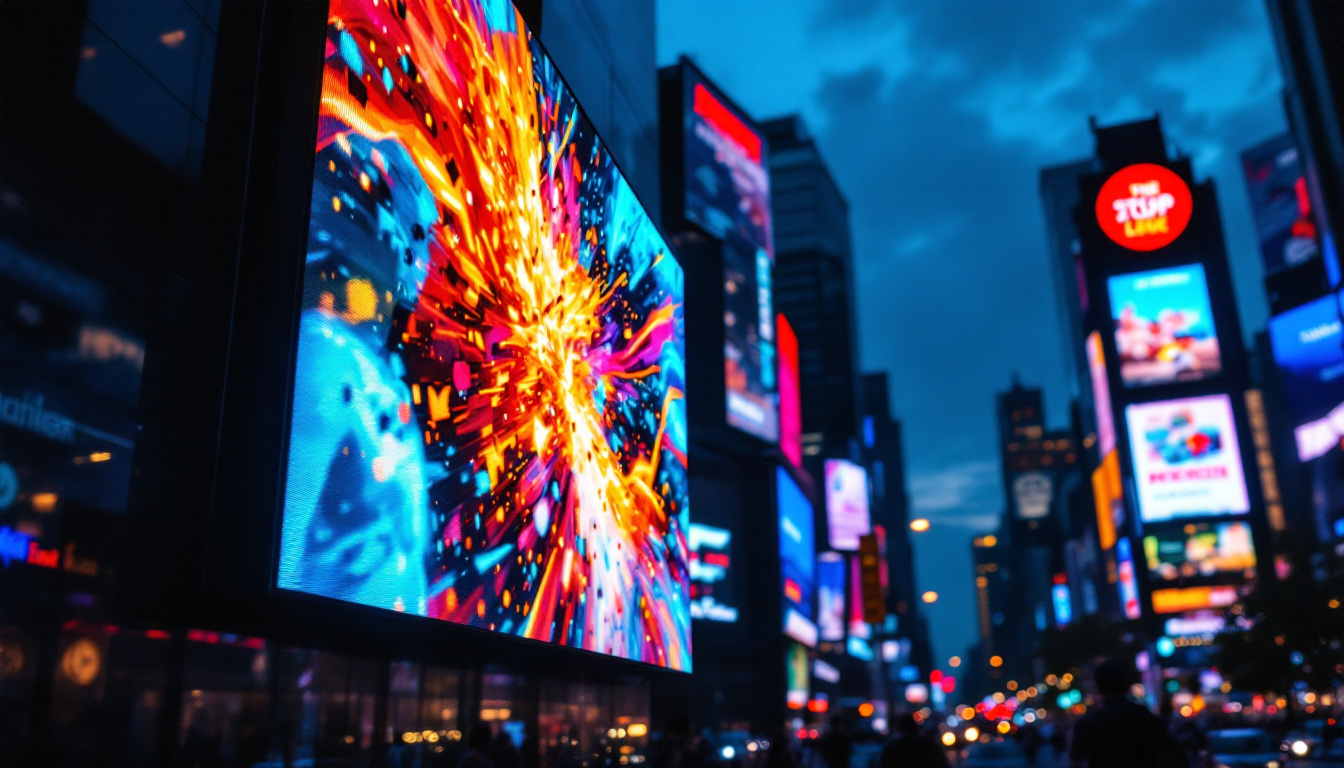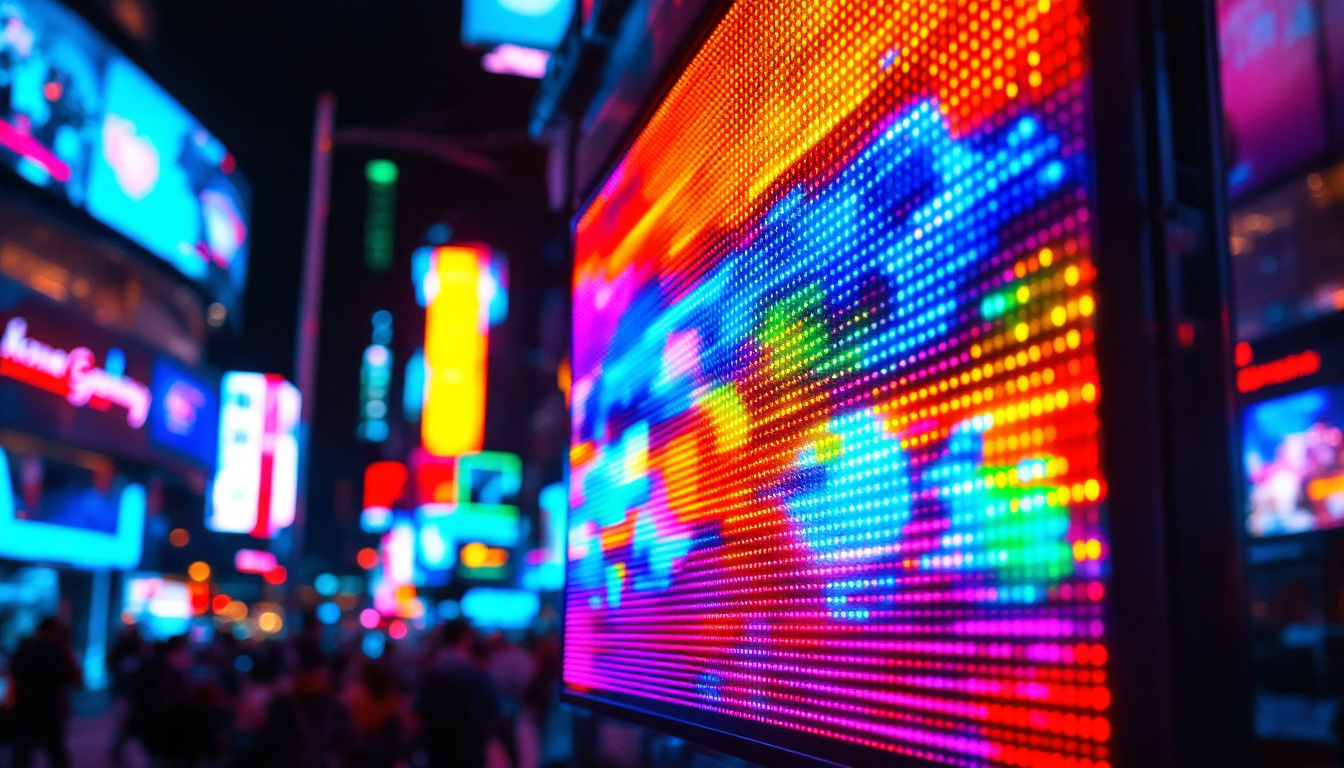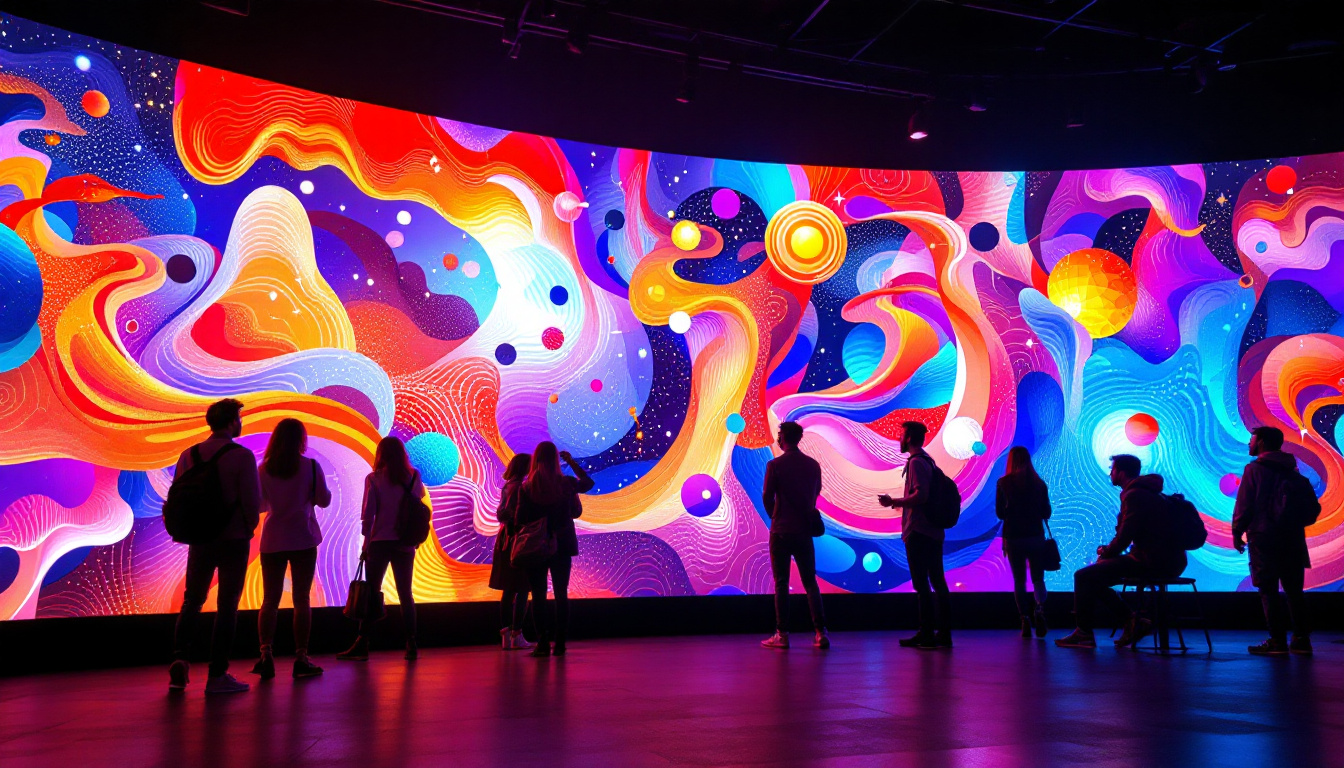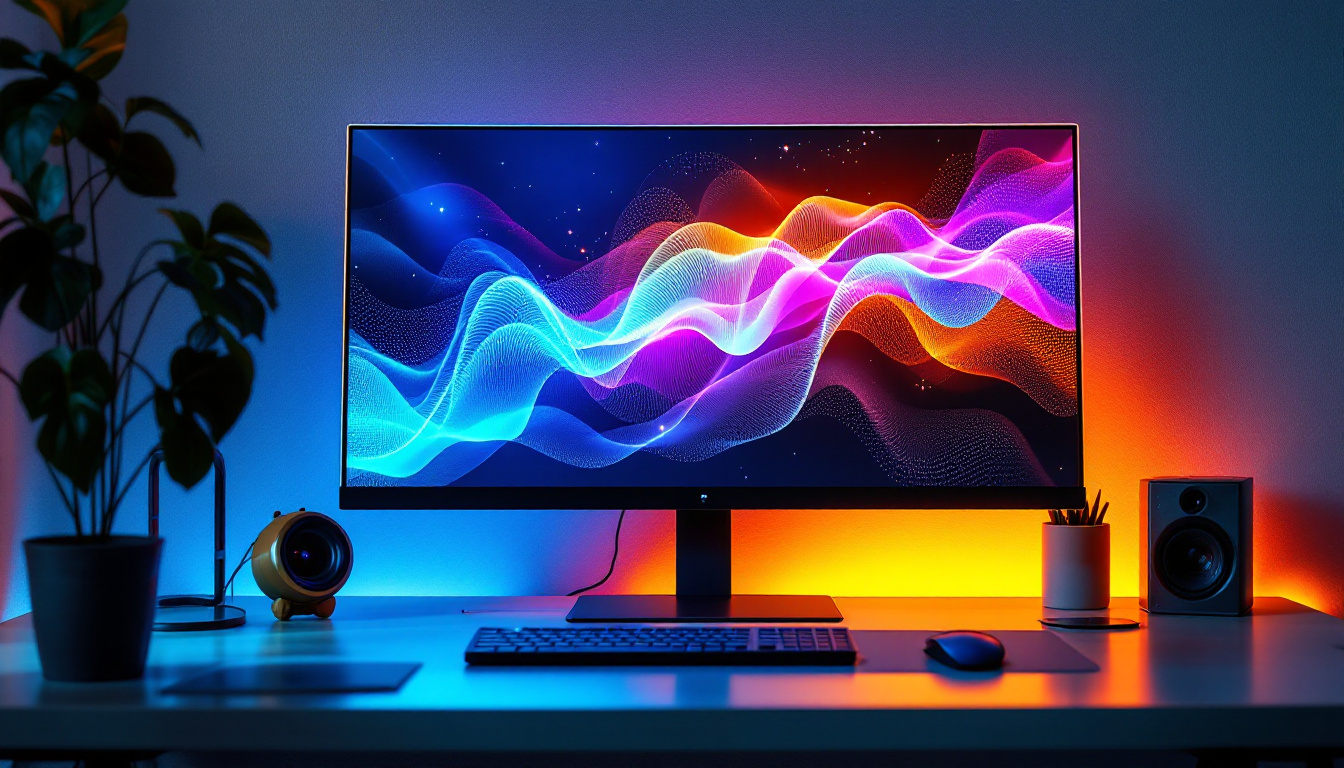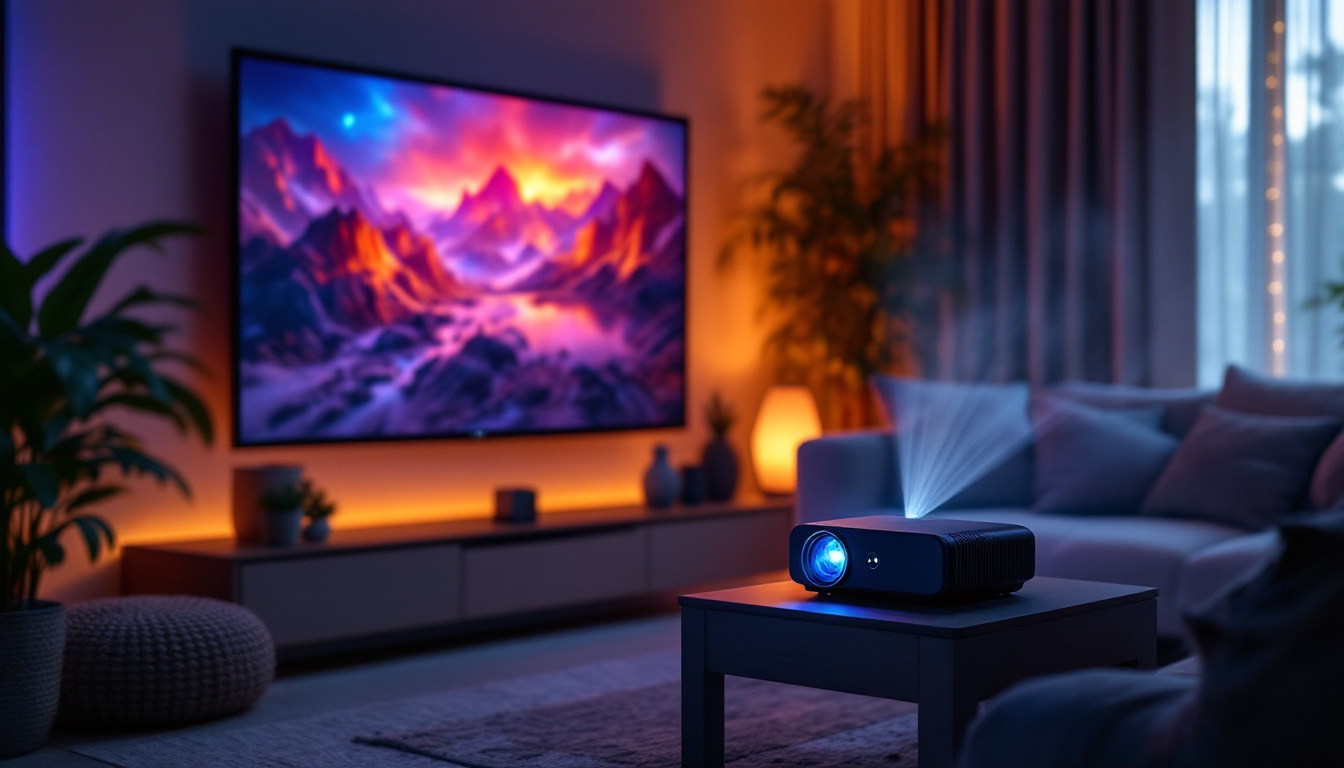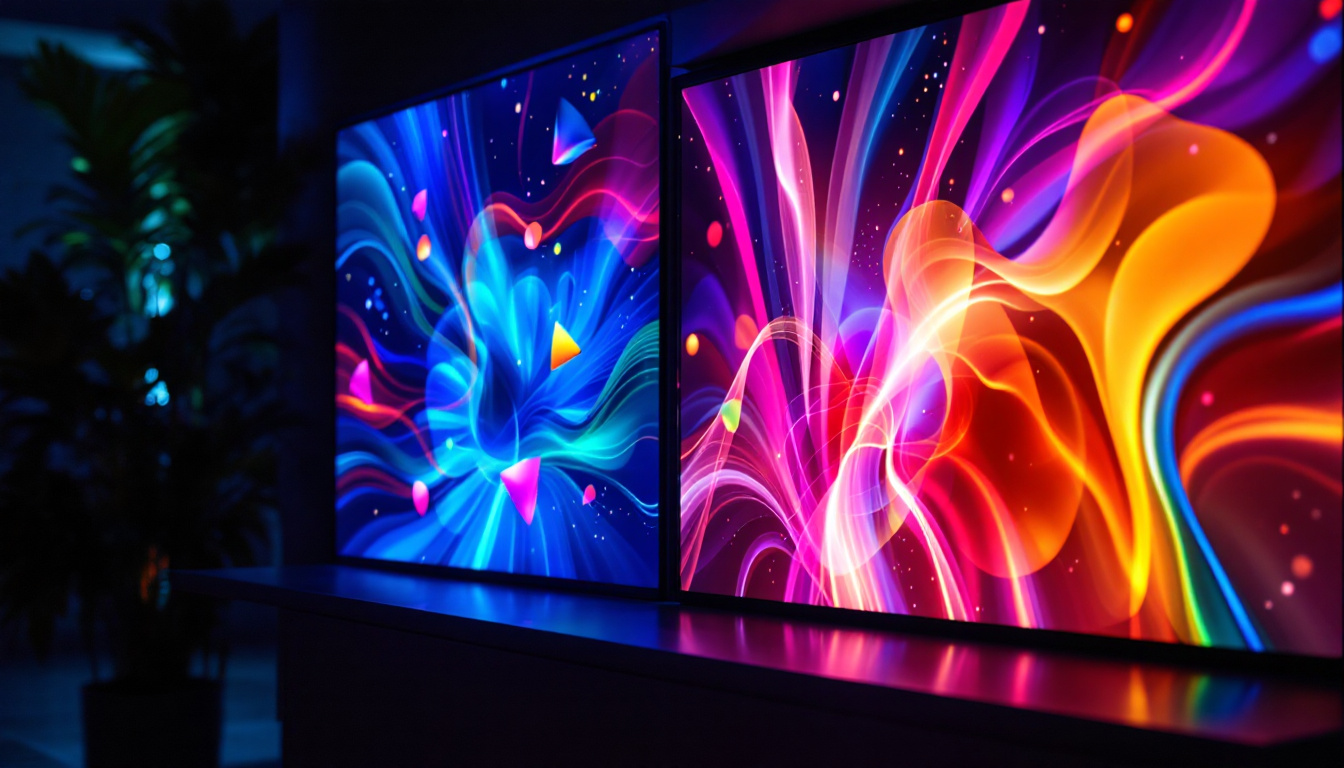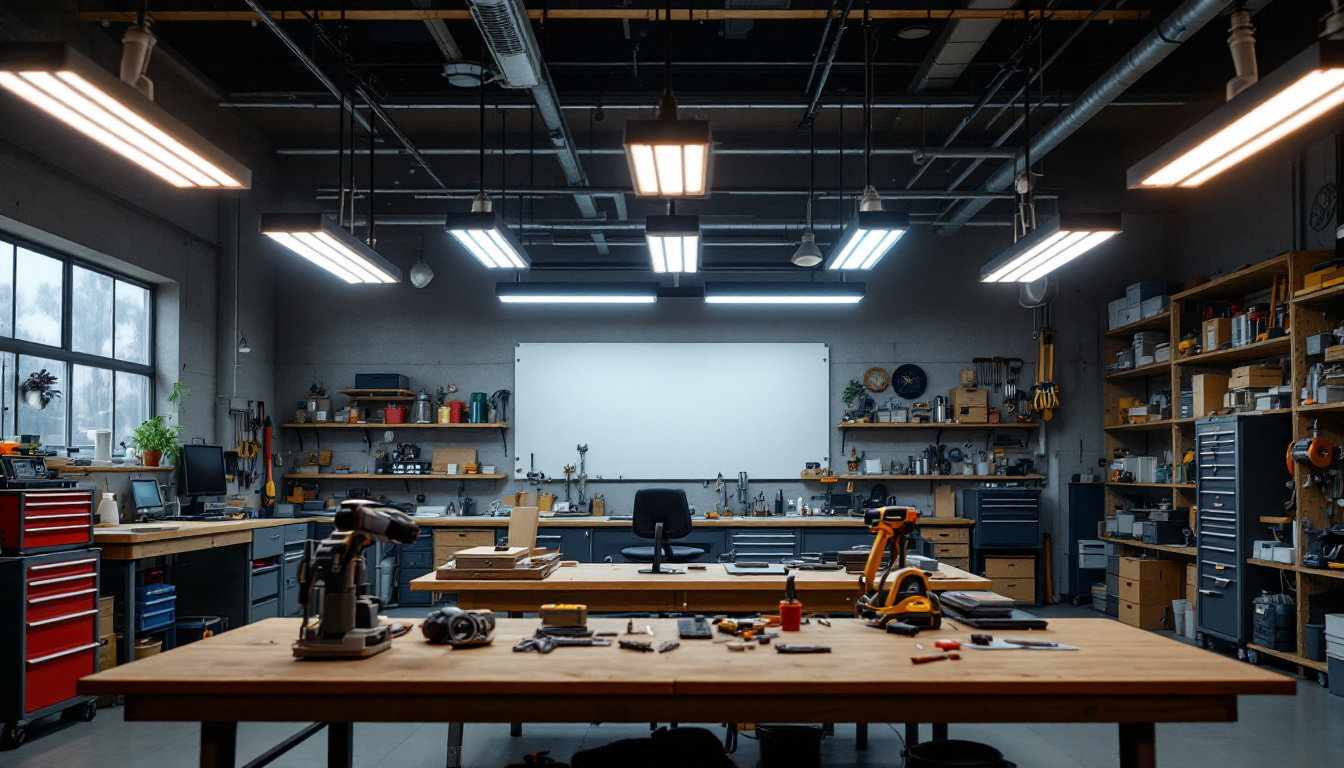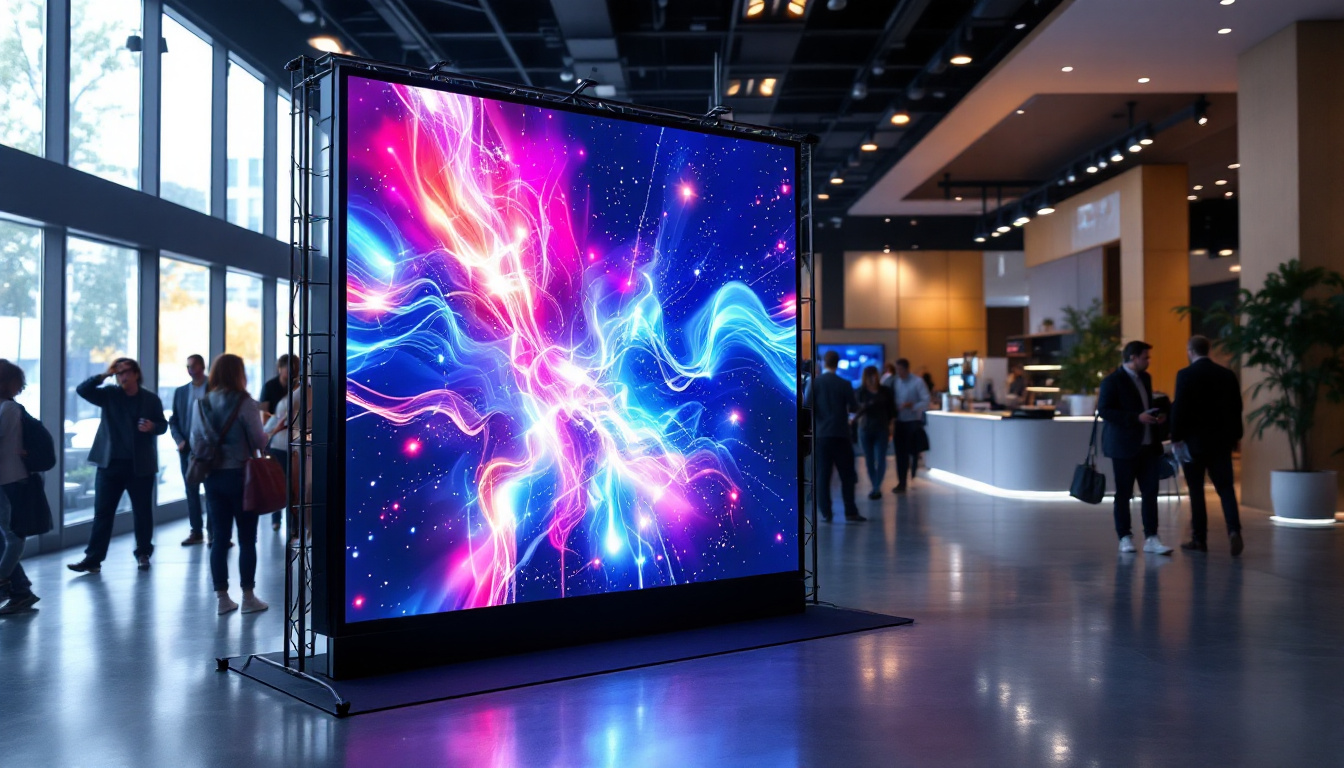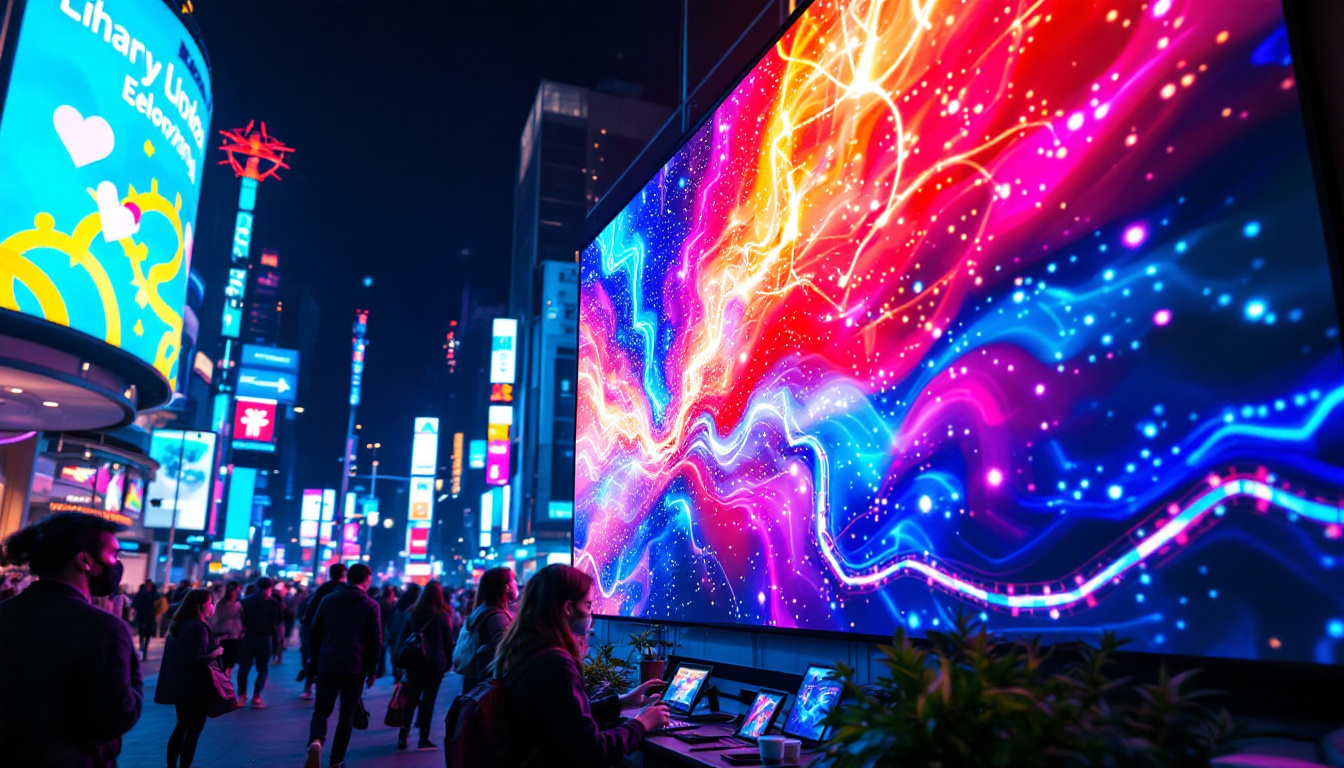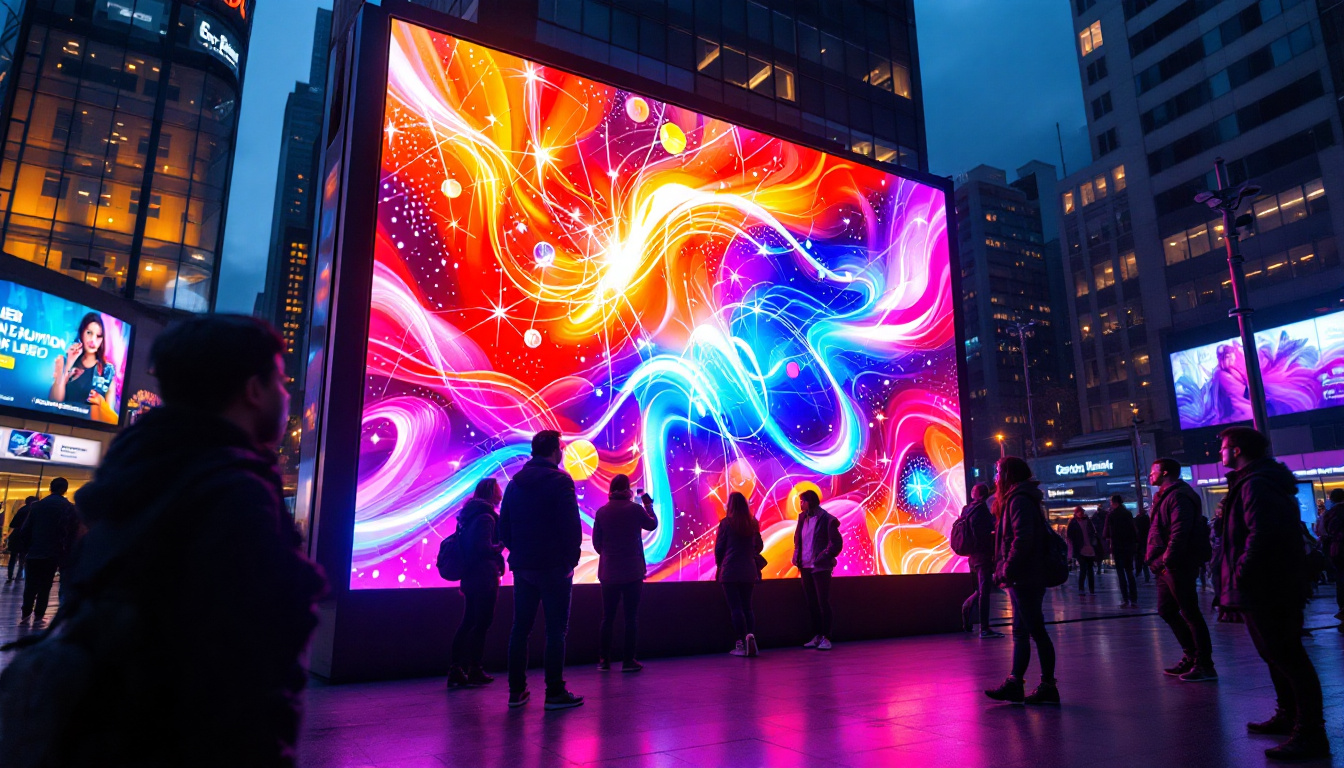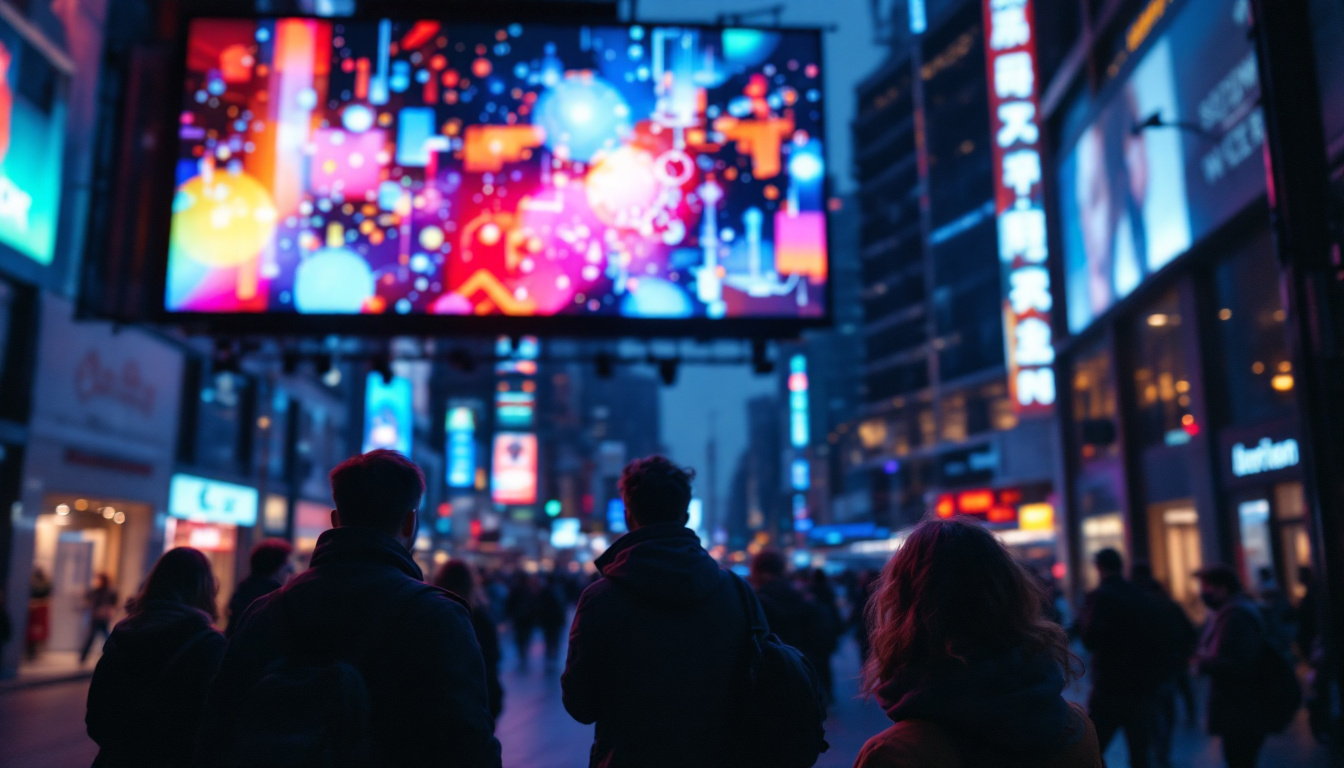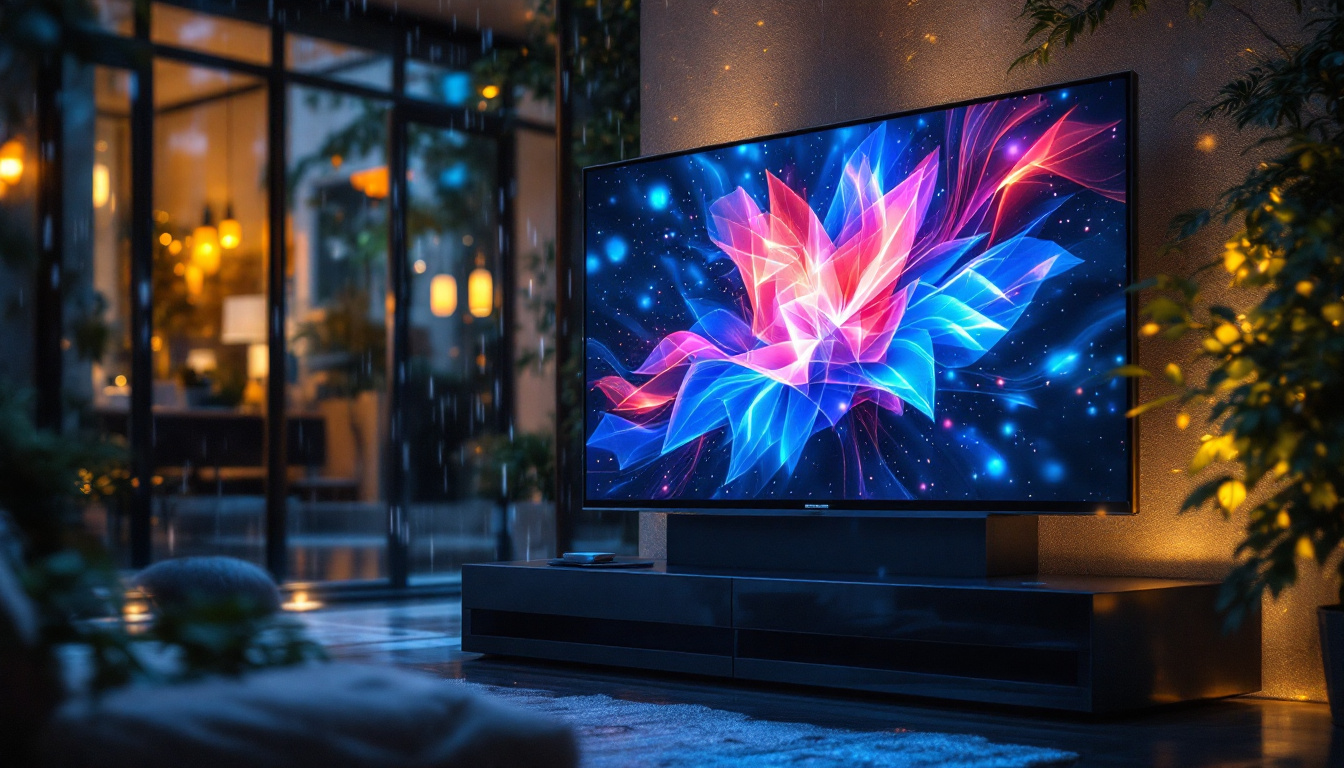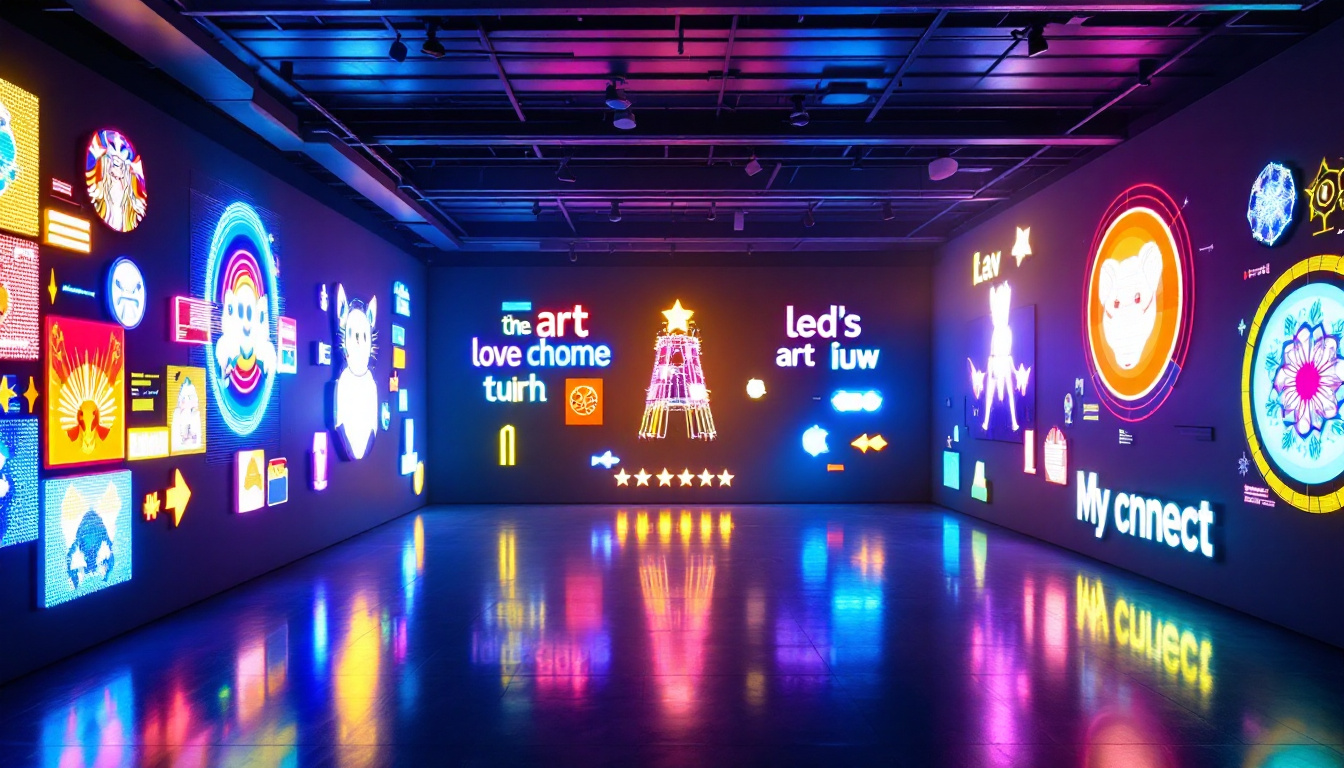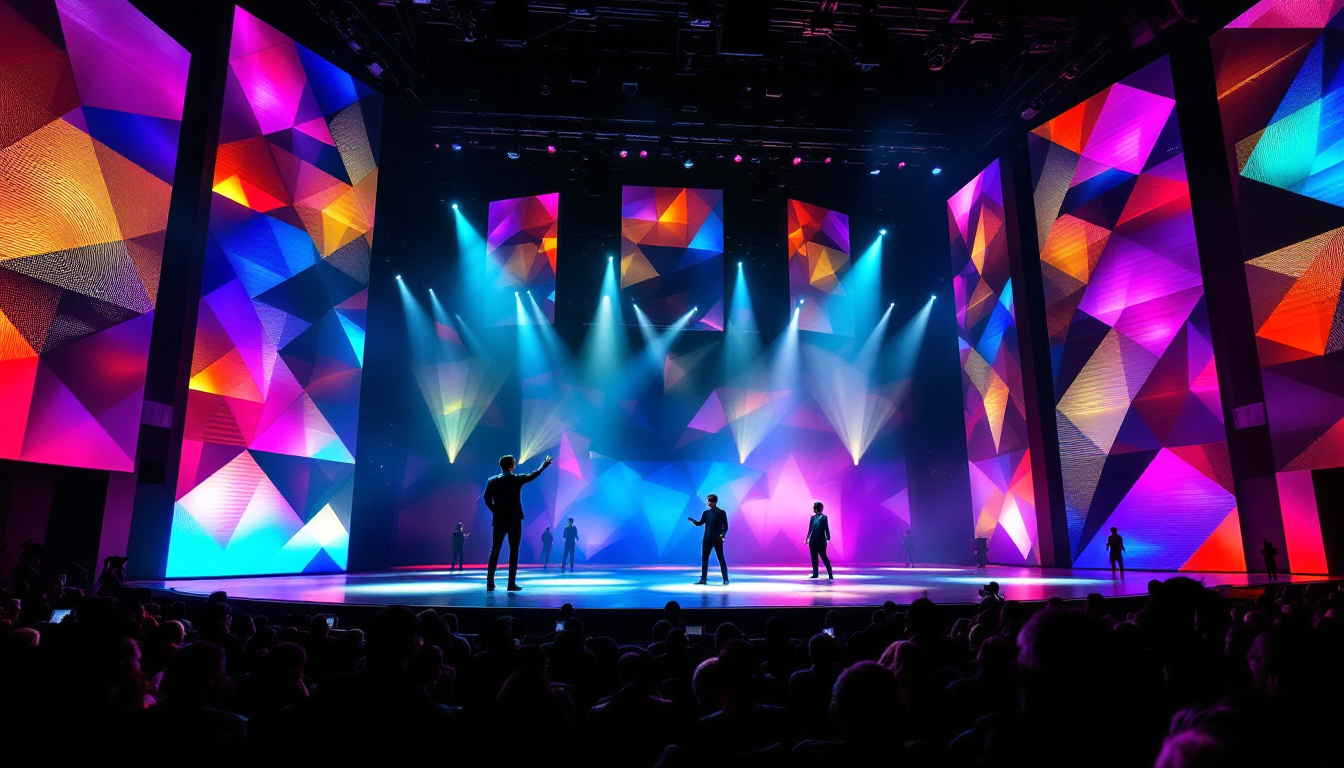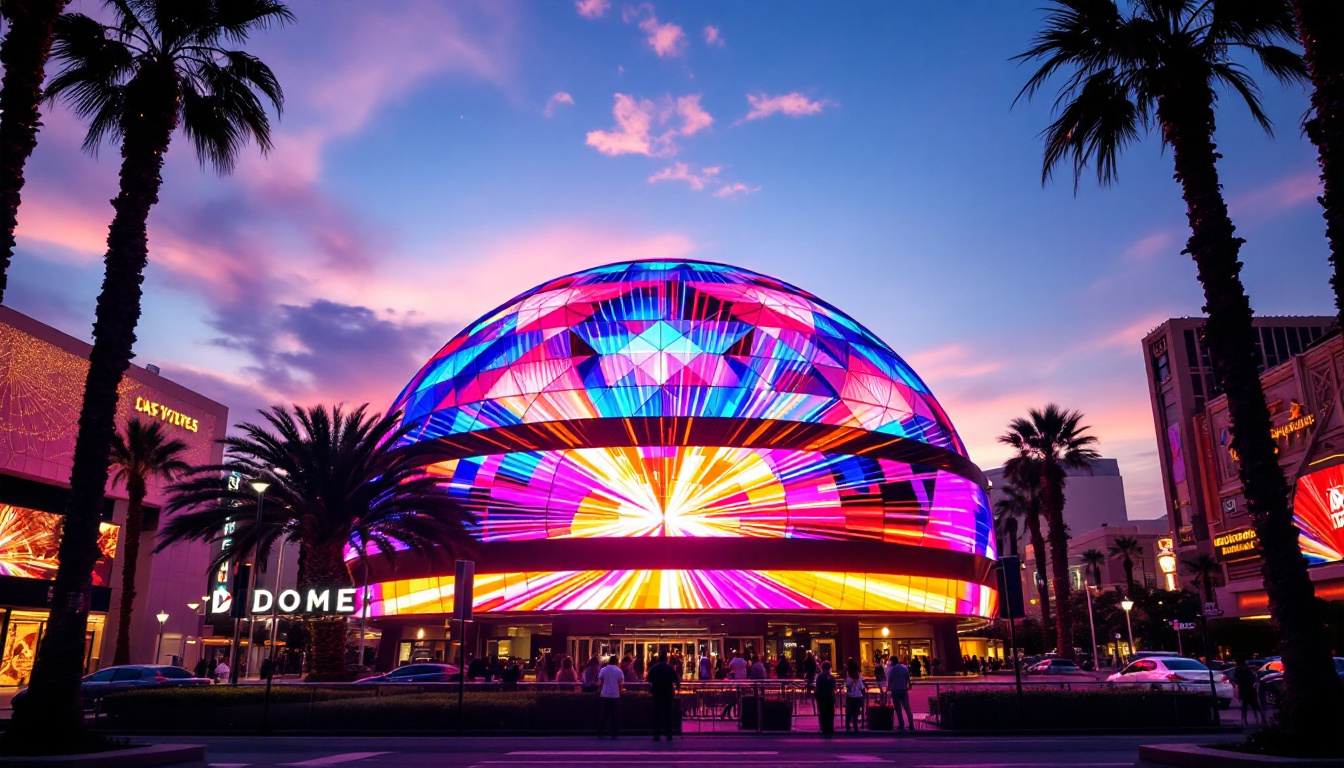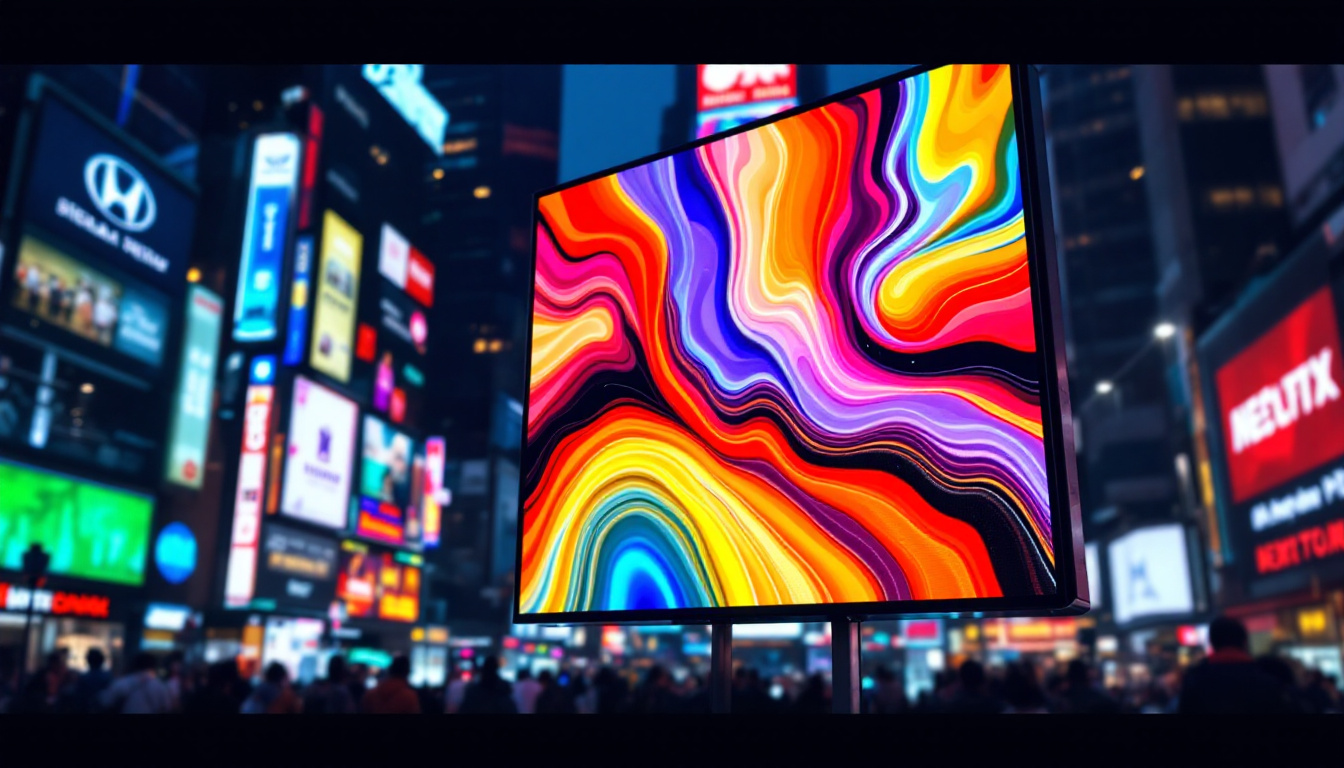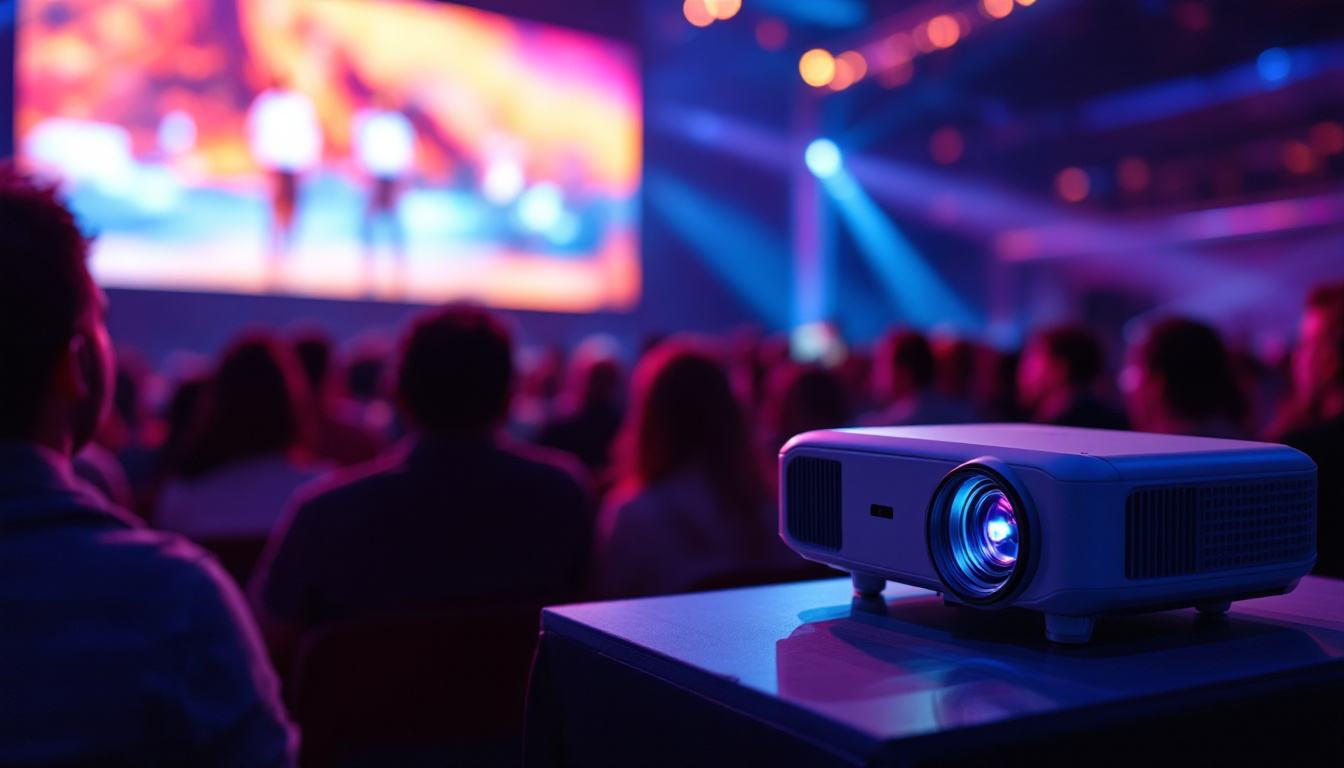In the world of technology, particularly in display technology, understanding measurements is crucial. One common conversion that often arises is between meters and inches. This article will explore the conversion of 1.8 meters into inches and delve into the significance of LED displays in various applications.
Understanding the Conversion: Meters to Inches
To comprehend how 1.8 meters translates into inches, it’s essential to know the conversion factor. One meter is equivalent to approximately 39.37 inches. Therefore, to convert meters to inches, one must multiply the number of meters by this conversion factor.
Calculating 1.8 Meters in Inches
Using the conversion factor, the calculation for converting 1.8 meters to inches is straightforward:
1.8 meters * 39.37 inches/meter = 70.866 inches
This means that 1.8 meters is approximately 70.87 inches, a measurement that can be quite significant in various contexts, especially when discussing display sizes.
Why Measurements Matter in Display Technology
In display technology, accurate measurements are vital for ensuring compatibility and functionality. Whether it’s for televisions, monitors, or LED displays, understanding the size in both metric and imperial units helps consumers make informed decisions.
For instance, a display measuring 1.8 meters diagonally can be an impressive size for a home theater or a public display. Knowing the exact dimensions in inches allows for better spatial planning in any environment.
Moreover, the importance of precise measurements extends beyond just the physical dimensions of displays. It also plays a crucial role in the user experience. For example, a screen that is too large for a given space can create an overwhelming visual experience, while one that is too small may not provide the desired impact. Additionally, in professional settings such as presentations or conferences, the right display size can significantly enhance visibility and engagement, ensuring that all participants can clearly see the content being presented.
Furthermore, the trend towards larger screens in both personal and commercial environments has led to innovations in display technology. Manufacturers are now producing ultra-thin, high-resolution screens that maximize visual quality while minimizing physical footprint. This evolution makes it even more important for consumers and businesses alike to understand measurements in both metric and imperial units, as it allows them to select the most suitable display options for their specific needs and preferences.
The Role of LED Displays
LED (Light Emitting Diode) displays have revolutionized the way visual information is presented. They are known for their vibrant colors, energy efficiency, and versatility. Understanding the features and applications of LED displays is essential for anyone looking to utilize this technology.
Advantages of LED Displays
LED displays offer numerous advantages over traditional display technologies. One of the primary benefits is their energy efficiency. LEDs consume significantly less power than older technologies, which translates to lower operational costs.
Moreover, LED displays provide superior brightness and contrast, making them ideal for both indoor and outdoor applications. Their ability to function well in various lighting conditions is a significant advantage, especially for advertising and public information displays. Additionally, LED technology has a longer lifespan compared to traditional bulbs, often lasting tens of thousands of hours, which reduces the need for frequent replacements and maintenance. This durability makes them a cost-effective solution for businesses looking to invest in long-term visual communication.
Applications of LED Displays
The applications of LED displays are vast and varied. From large outdoor billboards to small screens in smartphones, LED technology is everywhere. In the retail sector, businesses use LED displays to attract customers with dynamic advertisements.
In addition to commercial use, LED displays are also prevalent in entertainment. Concerts, sports events, and theatrical performances often utilize large LED screens to enhance the audience’s experience. These displays can show live footage, graphics, and animations, creating an immersive environment. Furthermore, LED technology is increasingly being integrated into smart city initiatives, where they serve as digital signage for traffic management and public announcements. This integration not only improves communication within urban spaces but also enhances safety and accessibility for residents and visitors alike. As technology continues to evolve, the potential for LED displays in various sectors, including education and healthcare, is also expanding, paving the way for innovative applications that improve information dissemination and user engagement.
Choosing the Right LED Display
When selecting an LED display, several factors come into play. Understanding these factors can help ensure that the chosen display meets the specific needs of the user.
Size and Resolution
Size is a critical consideration when choosing an LED display. The size should align with the intended use, whether for personal, commercial, or industrial applications. For instance, a display measuring 1.8 meters may be suitable for a small conference room or a retail space. However, larger venues, such as stadiums or concert halls, may require displays that are significantly larger to ensure visibility from all angles and distances.
Resolution is equally important. Higher resolution displays provide clearer images and more detailed visuals, which is particularly crucial for applications requiring precision, such as medical imaging or detailed graphics. Additionally, the pixel pitch, which refers to the distance between pixels, can greatly affect the perceived image quality. A smaller pixel pitch results in a higher resolution and sharper image, making it ideal for settings where viewers are closer to the screen.
Brightness and Viewing Distance
Brightness is another essential factor in LED display selection. The brightness level should correspond to the environment in which the display will be used. For outdoor displays, higher brightness is necessary to combat sunlight and ensure visibility. Displays used in dimly lit environments, such as theaters or galleries, can afford to have lower brightness levels, allowing for a more immersive viewing experience without overwhelming the audience.
Additionally, the viewing distance plays a role in determining the appropriate brightness and resolution. A display intended for close viewing, such as in a retail setting, may require a higher resolution than one viewed from a distance, such as a billboard. Understanding the typical viewing distance can guide decisions on pixel pitch and brightness, ensuring that the display performs optimally in its intended setting. Furthermore, considering the angle of view is crucial; some LED displays offer wider viewing angles, which can enhance the experience for larger audiences by maintaining image quality from various perspectives.
The Future of LED Display Technology
As technology continues to advance, the future of LED displays looks promising. Innovations in materials and manufacturing processes are paving the way for even more efficient and versatile displays.
Emerging Trends
One emerging trend is the development of flexible LED displays. These displays can be bent and shaped to fit various surfaces, opening up new possibilities for design and installation. This flexibility allows for creative applications in architecture and interior design. For instance, curved LED screens can enhance the aesthetics of a space, creating immersive environments in retail stores or exhibition halls. Additionally, the lightweight nature of these displays makes them easier to install and transport, further broadening their usability in various settings.
Another trend is the integration of smart technology into LED displays. Smart displays can connect to the internet, allowing for real-time updates and interactivity. This capability is particularly beneficial for advertising and information dissemination, as it enables dynamic content changes based on current events or promotions. Furthermore, the incorporation of artificial intelligence can optimize content delivery, tailoring messages to specific audiences and enhancing user engagement. As a result, businesses can leverage these smart displays to create more personalized experiences for their customers, ultimately driving sales and brand loyalty.
Sustainability in Display Technology
As environmental concerns grow, the focus on sustainability in display technology is becoming increasingly important. Manufacturers are exploring ways to reduce the environmental impact of LED displays, from production to disposal. This includes developing energy-efficient models that consume less power while maintaining high performance. Additionally, advancements in LED technology, such as organic LEDs (OLEDs), offer the potential for displays that are not only more energy-efficient but also capable of producing richer colors and deeper blacks.
Recycling programs and the use of eco-friendly materials are steps being taken to ensure that LED technology is not only efficient but also sustainable. This commitment to sustainability is likely to influence consumer choices in the future. Moreover, companies are beginning to adopt a circular economy approach, where old displays are refurbished and repurposed rather than discarded. This not only minimizes waste but also encourages innovation in the design and manufacturing processes, as companies strive to create products that are easier to recycle and have a longer lifespan. As consumers become more environmentally conscious, the demand for sustainable display solutions will likely rise, prompting further advancements in this crucial area of technology.
Conclusion
Understanding the conversion of measurements, such as 1.8 meters to inches, is essential in the realm of display technology. LED displays have transformed how information is presented, offering numerous advantages and applications across various industries.
When selecting an LED display, considerations such as size, resolution, brightness, and future trends should guide the decision-making process. As technology continues to evolve, the future of LED displays promises exciting innovations that will enhance user experience and sustainability.
In summary, whether for personal use or commercial applications, grasping the nuances of display technology and measurements will empower users to make informed choices that meet their specific needs.
Discover LumenMatrix LED Display Solutions
Ready to elevate your visual experience with the latest in LED display technology? Look no further than LumenMatrix, where innovation meets excellence. Our diverse range of LED display solutions, from vibrant Indoor and Outdoor LED Wall Displays to dynamic Vehicle and Sports LED Displays, is designed to captivate your audience and amplify your message. Whether you’re seeking the sleekness of an LED Poster Display, the interactivity of a Floor LED Display, or the customization of a unique LED Display, LumenMatrix has you covered. Embrace the future of visual communication with our All-in-One and Transparent LED Displays. Check out LumenMatrix LED Display Solutions today and transform your space into a mesmerizing visual journey.

